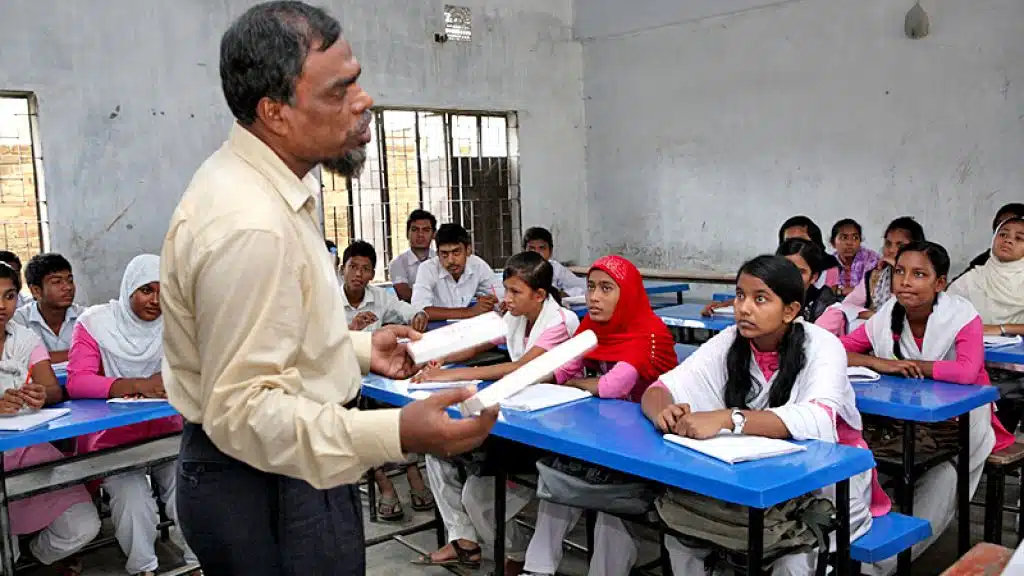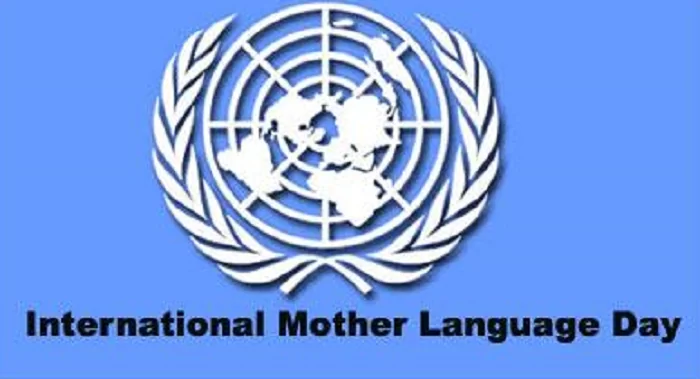The education system in Bangladesh comprises primary, secondary, and tertiary levels, providing opportunities for students to acquire knowledge and skills necessary for personal and professional growth. In Bangladesh, the education system includes both public and private institutions, with the government responsible for overseeing and regulating the education sector.
Primary education starts at the age of six and lasts for five years, followed by a four-year secondary education cycle. After secondary education, students can pursue higher education in universities, colleges, or vocational institutes. The government offers free primary education, while secondary and tertiary education requires fees.
The education system in Bangladesh aims to provide inclusive and quality education to all students, focusing on both theoretical and practical knowledge to prepare individuals for their future endeavors.

Inadequate Infrastructural Facilities
The education in Bangladesh is plagued by inadequate infrastructural facilities. Overcrowded classrooms compound the issue, hindering effective teaching and learning. Additionally, the lack of sufficient equipment and technology further limits the quality of education provided. Moreover, basic amenities such as clean water and sanitation are often absent, compromising the overall learning environment.
These challenges create a significant hurdle for students, impeding their educational journey and hindering their academic progress. The government and educational institutions must prioritize addressing these infrastructural shortcomings and provide students with the necessary resources to ensure a conducive learning environment.
See also’ Economic Development in Bangladesh
Through investment in modern infrastructure and the provision of essential amenities, the education system in Bangladesh can be enhanced, allowing students to thrive and excel in their academic pursuits. It is imperative to prioritize the development and improvement of the education system to empower the future generation of Bangladesh.
Quality Of Teaching And Learning
The education system in Bangladesh faces challenges in the quality of teaching and learning. One of the major issues is the shortage of skilled and qualified teachers. This shortage hampers the students’ ability to receive a high-quality education. Another concern is the outdated curriculum and teaching methods that do not meet the needs and demands of a modern education system.
This restricts the students from acquiring relevant knowledge and skills. Additionally, limited access to quality educational resources further hinders the overall learning experience. Students do not have enough opportunities to explore and gain insights beyond the traditional classroom setting. These issues highlight the need for significant reforms in the education system to ensure improved teaching and learning outcomes for the students of Bangladesh.
Gender Disparity In Education
Gender disparity in education is a prevalent issue within the education system in Bangladesh. There are higher dropout rates among girls as compared to boys. One of the primary reasons for this disparity is the limited educational opportunities available for girls, especially in rural areas.
Cultural and societal barriers also play a significant role in hindering girls’ education. These barriers include traditional gender roles, early marriages, and societal norms that prioritize boys’ education over girls’. It is crucial to address these challenges and work towards creating an inclusive education system that provides equal opportunities for both boys and girls.
See also’ Bangladeshi Fashion And Textiles
By doing so, we can ensure that every child, regardless of gender, has access to quality education and a brighter future.
Disparity Between Urban And Rural Education
Disparity between urban and rural education in the education system of Bangladesh is a significant challenge that needs attention. In rural areas, limited educational facilities pose a major obstacle for students. The unequal distribution of resources further widens the gap between urban and rural education.
The lack of transportation options for rural students adds to their difficulties in accessing quality education. These issues highlight the urgent need for measures to bridge the divide and provide equal educational opportunities for all students across the country. By addressing the limited facilities and distribution of resources, as well as improving transportation options, the education system can become more inclusive and reduce the disparities between urban and rural education in Bangladesh.
Frequently Asked Questions Of Education System In Bangladesh
What Is The Structure Of The Education In Bangladesh?
The education system in Bangladesh is divided into four major levels: primary, secondary, higher secondary, and tertiary education.
How Many Years Does The Primary Education In Bangladesh Last?
Primary education in Bangladesh lasts for 5 years, starting from grade 1 and ending in grade 5.
What Are The Major Subjects Taught In Secondary Education In Bangladesh?
The major subjects taught in secondary education in Bangladesh include mathematics, science, English, Bengali, and social science.
What Is The Medium Of Instruction In Tertiary Education In Bangladesh?
The medium of instruction in tertiary education in Bangladesh is mostly English, although some courses are also available in Bengali.
What Is The Assessment System Used In The Education In Bangladesh?
The education system in Bangladesh primarily follows a yearly examination-based assessment system, with periodic tests and assessments throughout the academic year.
Conclusion
The education system in Bangladesh has come a long way in recent years, with significant improvements being made to enhance the quality and accessibility of education. The government’s commitment to investing in education and the efforts of various organizations have contributed to increasing enrollment rates and reducing gender disparities in education.
However, challenges such as a lack of resources, infrastructure, and quality teachers still persist, hindering the overall progress of the education system. To further improve the education system, it is essential to address these challenges effectively and promote innovation and modern teaching methodologies.
Additionally, continuous collaboration between the government, private sector, and civil society can play a crucial role in transforming the education landscape of Bangladesh. By prioritizing the development of an inclusive and robust education system, Bangladesh can empower its youth, foster innovation, and drive socio-economic growth in the country.





Pingback: Education Reforms in Bangladesh 2023
Pingback: Top 20 IT Companies In Bangladesh 2024